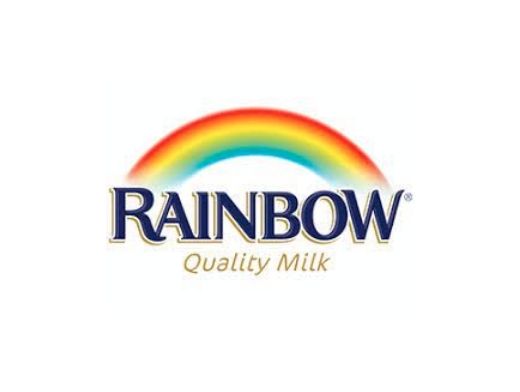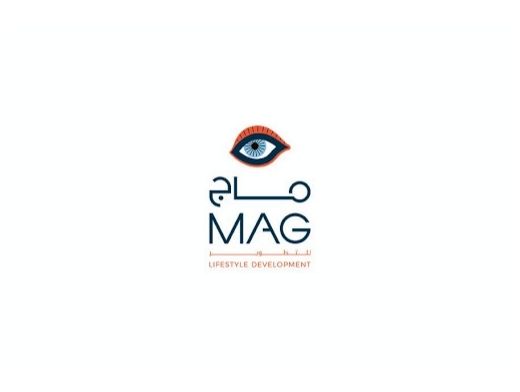India has a long history of producing celebrated films, with the word Bollywood connoting brightly colored films with intricate dance routines, singing, and impressive large cast scenes. India is also by far the world's largest filmmaker.
Over the last few decades, Bollywood films have evolved into their own distinct entity, spawning a new iteration of a dance genre and becoming a globally recognized and admired phenomenon.
Following in the footsteps of Hollywood, Bollywood films introduced a number of musical elements. During a film, the characters would spontaneously break into music, with at least one massive "fantasy," show-stopping number included.
Adding from the Western Culture and infusing culture and innovation the Bollywood way
Since the early days of MTV in the 1980s, Bollywood dancing has been strongly inspired by Western dance styles and it combines elements from American MTV and Broadway. In certain instances, the musical numbers are released as separate music videos and the soundtracks are released prior to the film to promote the forthcoming premieres. Musical numbers in modern Bollywood films are often based on the hip-hop style of dance as well as variants of hip-hop dance seen in music videos played on MTV in both the United States and India.
Musical numbers in Bollywood films are frequently performed by the story's hero or heroine, as well as a large group of unnamed characters employed as dance extras. The dance parts are mostly part of dream scenes or significant production numbers that are unrelated to the plot of the film or have nothing to do with moving the plot forward. The songs sung are usually Hindu, but they may be strongly influenced by Western culture or, in some cases, entirely Westernized.
Technological advances and its impact on the Bollywood film industry
The film industry developed in tandem with the rapid expansion of communication technology and global interactions over the last few decades and films from other countries became increasingly available and accessible to the masses, especially in terms of pace. Since the early 2000s, Bollywood has produced the most films per year, with an impressive average of over 1000 films per year.
Migration playing a crucial role in the growth of the Bollywood Film Industry
Aside from the tremendous advancements in technology and communication, migration can be attributed to the rapid spread and success of Bollywood films and dance. Every year, approximately 60,000 people leave India for the United States alone. The resulting Indian diaspora is vast and well-known and with the spread of people from various cultures comes the spread of culture. As more people leave India (many for business reasons), the Indian population in countries other than India grows, resulting in the growth of Indian communities in these countries.
Economic gains
With approximately 2.2 billion Bollywood movie tickets sold annually across the world, India has established itself as the leading film market in terms of seat sales, outnumbering China by over 200 million and outnumbering the United States by 800 million.
As of 2016, India was also the world's largest producer of films, and it appears that this trend has continued, with the Film Federation of India achieving an annual production of 1,986 feature films and 364 Bollywood Hindi films the following year.
Picking up the pieces post Covid-19
The Indian box office was battered by Covid-19 for the better part of 2020, and although things are slowly bouncing back, the chances of regaining lost ground look bleaker than ever. Though the pandemic intensity is higher this year compared to last, there is one big difference: the industry has been through a year of misery and is now better prepared to cope with the crisis.
Now that Bollywood is open for business, cinemas started running at full capacity on February 1st, and film shoots are well underway, it might be an opportune time to consider an important topic. What shifts will one of the world's largest film industries sees in the near future, and how will it adapt to our ever-changing times and needs?














































